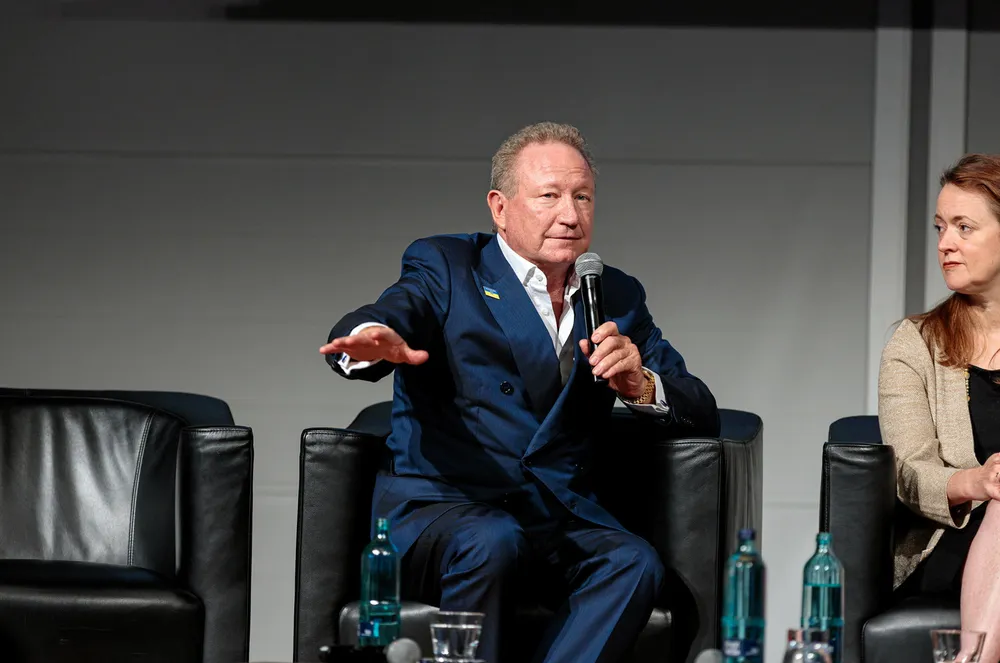'Green hydrogen has been one of the hardest sells of my career': iron ore billionaire Andrew Forrest
Fortescue magnate laments ‘cynical questions’ as it enters negotiations for up to $150m of US federal subsidies

Fortescue magnate laments ‘cynical questions’ as it enters negotiations for up to $150m of US federal subsidies
